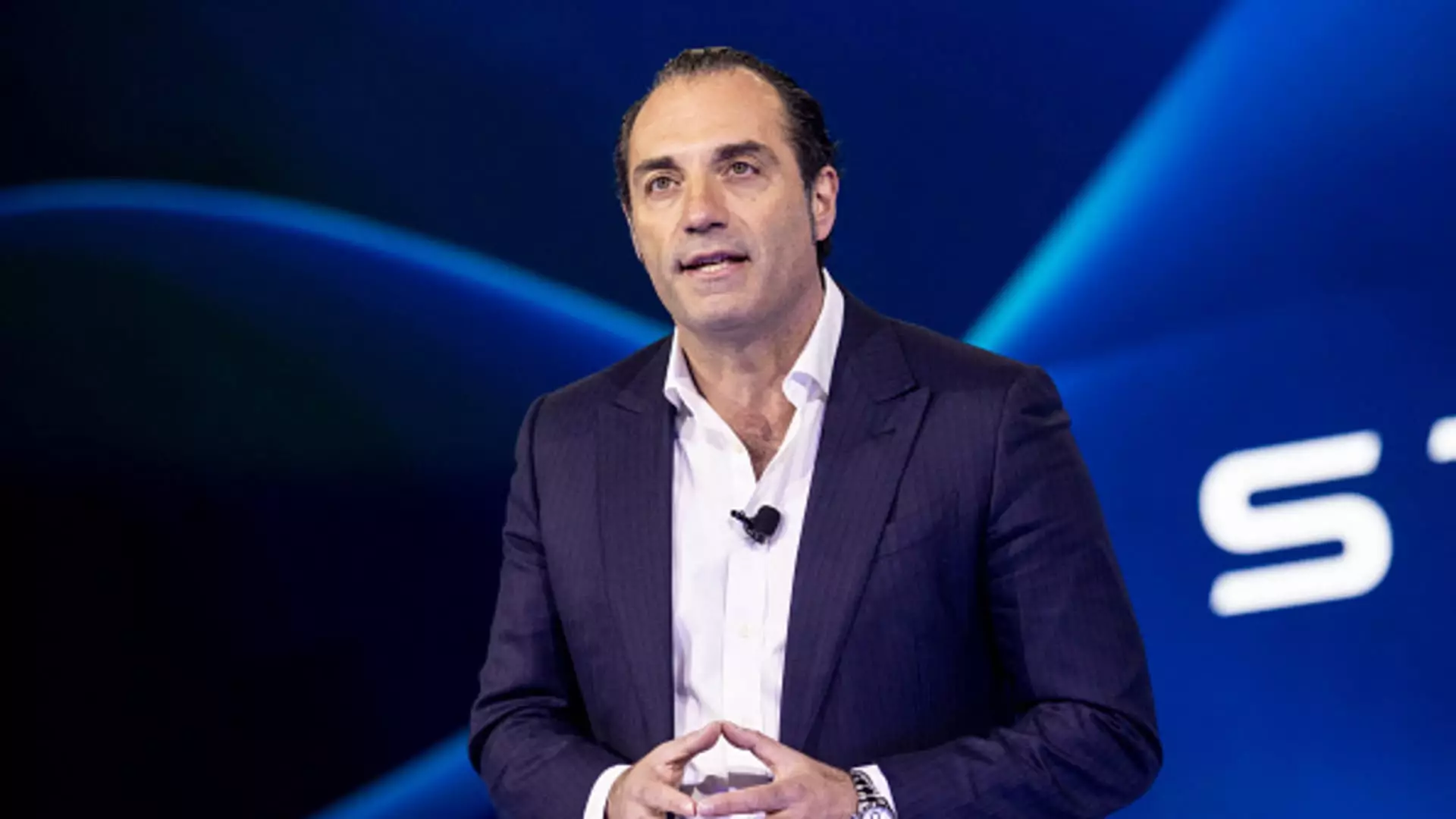In a rapidly evolving automotive landscape, Stellantis is placing a concentrated focus on restoring its retail market share in the United States, a region that has faced a continuous downward trajectory in sales since 2018. This manufacturing giant — born from the merger of Fiat Chrysler and PSA Groupe — is navigating a newfound urgency to reclaim its position in the world’s most competitive automotive market. Antonio Filosa, recently appointed to oversee Stellantis’ North American operations, is spearheading this transformative agenda. During a media session at the Detroit Auto Show, Filosa underscored that revitalizing relationships with dealerships and unveiling new models are critical components of the company’s strategy.
Stellantis’ market share has plummeted from a substantial 12.6% in 2019 to a scant 9.6% by 2023, exposing vulnerabilities across its brand portfolio. The necessity for a strategic paradigm shift is palpable, with Filosa articulating a commitment to reconnecting with dealers through augmented incentives and fostering a broader array of appealing products. “U.S. retail market share is our main priority,” he declared, acknowledging the challenges that lie ahead in revitalizing the brand’s appeal among consumers.
A noteworthy aspect of Stellantis’ approach is its internal restructuring aimed at aligning leadership more effectively with the realities of the U.S. market. The urgency is marked by a “grow or die” mantra, underscoring an impending 2025 deadline for prospective recovery. Key players within Stellantis voiced a renewed optimism, emphasizing aggressive strategies designed to rekindle consumer interest in their various marques. Bob Broderdorf, who heads Jeep in North America, expressed confidence in the company’s tactical adjustments, declaring it a “very different story right now” compared to six months prior.
The recent history of declining sales and profitability for Jeep and Ram Truck brands signals a critical juncture for the automaker. Tim Kuniskis, who stepped back into the spotlight as Ram’s leader, acknowledged the struggles faced, particularly in ramping up production of redesigned models. His focus is now on balancing volume with profitability to facilitate dealer success, a crucial element that can restore faith among retailers and consumers alike.
The management overhaul and strategic pivot comes on the heels of a contentious history under former CEO Carlos Tavares, whose focus on cost management and profit centricity often overshadowed the significance of market share in the U.S. Tavares’ departure marks a decisive shift in Stellantis’ leadership narrative. Industry insiders suggest that his reluctance to engage with U.S. executives over the American market exacerbated the challenges the company currently confronts.
Under the new regime, there is a palpable acknowledgment of past missteps. Filosa’s candid admission about neglecting the North American landscape highlights a necessary realignment of priorities. The company is now keenly aware of the implications of market dynamics, regulatory shifts, and competitive pressures shaping the industry. This newfound acknowledgment might be critical as Stellantis reevaluates its strategies moving forward.
As Stellantis charts its path forward, external factors loom large on the horizon, particularly regarding potential political and regulatory shifts. The incoming Trump administration has signaled intentions to recalibrate incentives for electric vehicles and modify existing tariffs impacting the supply chain, particularly with partners in Canada and Mexico. Such changes could have significant ramifications for Stellantis, which relies heavily on these jurisdictions for vehicle imports.
Filosa indicated that Stellantis is closely monitoring these developments to anticipate necessary adjustments. “We need to await his decisions, and after that, we will work accordingly,” he noted, emphasizing the need for agility in the face of uncertainty. The prospect of creating more jobs in the U.S. contingent on these developments exemplifies the strategic flexibility required of Stellantis as it seeks to revitalize its operations and market presence.
Stellantis stands at a crossroads, necessitating a multifaceted approach to reclaim its footing in the U.S. market. With a focus on strengthening relationships with dealerships and addressing internal structural challenges, the automaker is poised for transformation. The strategies developed under Filosa’s leadership, alongside a keen assessment of the external environment, signal a pivotal shift in the organization’s approach to navigating the complexities of the automotive industry. The journey to recovery will be arduous, but Stellantis’ commitment to evolving its operational frameworks and bolstering its market share is a statement of intent for the future.

